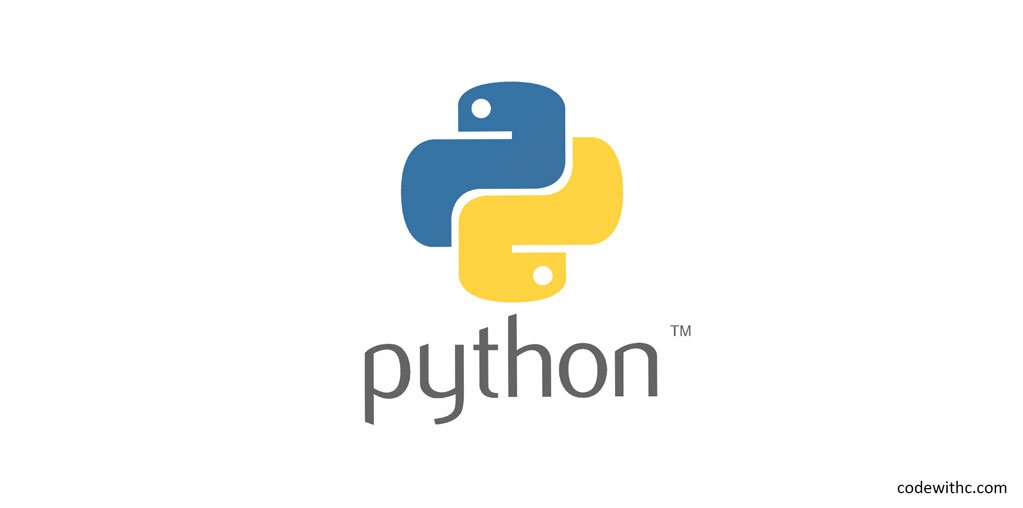Data organization is paramount in programming. While arrays and lists hold a special place, sometimes we need a more dynamic approach. Enter dictionaries – Python’s answer to efficient key-value pairing. Today, we’ll delve into Python dictionaries, demonstrating how to dynamically group and retrieve data.
Dictionaries are akin to real-world dictionaries. Instead of word-definition pairs, we have key-value pairs. This structure allows for rapid data retrieval, making dictionaries ideal for tasks like configuration management, frequency counting, and more.
Let’s craft a function that groups words by their first letter from a given list of words:
Program Code:
def group_by_first_letter(words):
grouped = {}
for word in words:
key = word[0].lower() # First letter of the word
grouped.setdefault(key, []).append(word)
return grouped
# Testing the function
words_list = ["apple", "banana", "cherry", "avocado", "blueberry"]
grouped_words = group_by_first_letter(words_list)
print(grouped_words)
Explanation:
In this enlightening code:
- We define a function named
group_by_first_letterwhich accepts a list of words. - We initialize an empty dictionary called
grouped. - As we iterate over each word in the list, we use the first letter as the key and append the word to the corresponding list in the dictionary.
- The
setdefaultmethod ensures that if a key doesn’t exist, it’s created with an empty list as its value. - We test the function with a sample list of fruits and print the grouped result.
Expected Output:
{'a': ['apple', 'avocado'], 'b': ['banana', 'blueberry'], 'c': ['cherry']}
Wrapping Up:
Python dictionaries offer an elegant solution to data organization challenges. Their flexibility and efficiency make them indispensable tools in a programmer’s arsenal. Whether you’re managing configurations, counting items, or just organizing data, dictionaries are your go-to data structure in Python.
